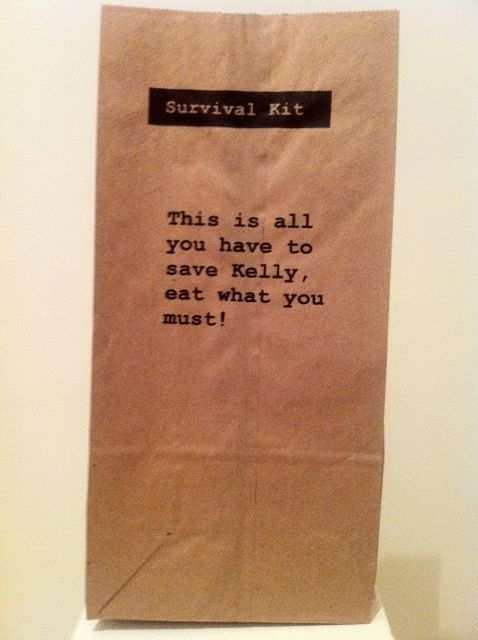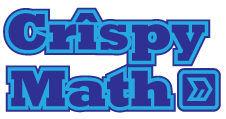Rory, who has taken this activity and sprinted with it, has been hounding me to write a post about its creation.

(1)
At my last school with the encouragement of my colleagues I picked up the physics classes when the physics teacher retired. My first year I did a lot of lousy book labs although I did manage to do the mousetrap car thing. I knew that moving forward I wanted to add more engaging activities for each topic we examined.
The Save Kelly activity was the result of my sister coming home from college and telling me about some fun stuff she had been doing at college in her engineering program and how maybe we could turn one of the activities into a lesson connecting to Newton's Laws that my students had been studying.
The activity works like this. First students are told the ridiculous back story. That is, they are out hiking with their friend Kelly (2) when suddenly Kelly is abducted by a vicious Pterodactyl and dropped on the other side of an expansive ravine. The students of course must save their friend. All the students have to save their friend is a survival kit, and some pennies. Everyone knows Pterodactyl's can be taken down with pennies right? What follows is from the worksheet I gave the students
Save Kelly!
As you are painfully aware your dear friend Kelly is being held by a vicious pterodactyl across the ravine. You gather your wits and take in the surroundings, first you pull out your survival kit and then you also notice two threads stretching across the pit. You figure that if you can transport pennies to Kelly, they can be used to do away with the pterodactyl.
Instructions:
Your group must use only the materials provided by the survival kit to design a system to transport as many pennies as possible using the twine. You may not use any tools (scissors, knives, etc) only what is in the survival kit, plus one meter of masking tape.
You may design your structure any way you want. With a couple of rules:
- Your contraption must start from rest at the designated spot. Once your contraption is set into motion it may not be touched again.
- The masking tape must not touch the pennies.
If you find you are running low on supplies you may barter with other teams. You are allowed to run trials, but take care not to squander your survival kit.
The Competition:
15 minutes before the end of the block two official trials will be performed; your rank amongst teams will be based on your best trial. Your score will be determined by the distance your contraption travels in floor squares, multiplied by the number of pennies you transport the entire distance.
The Write Up:
This activity will be written up as a lab report in your lab notebook.
Your write up must include the following components:
- the necessary pieces of a standard discussion (reread your lab reports guidelines page)
- sketches of your groups’ final design
- a clear connection between the activity and each of Newton’s 3 laws as well as any other pertinent physics topics.
- the results of the activity and how your team worked together to overcome challenges.
You have some options for the format of your lab write up:
For a maximum grade of a good solid B you can turn in a traditional lab report with only the discussion section (and of course the title, page numbers, table of contents, etc.)
For a maximum grade of an A you can turn in an alternative lab report. This written piece could take the form of a news article, a narrative (perhaps from the pterodactyl’s point of view), a journal entry, or something else.
The write up's for this activity were always awesome. A million times more enjoyable to read than 60+ (nearly identical) dreary lab reports. Here is a picture of one I saved.

Overall, it's a pretty good activity, if you are teaching physics definitely give it a shot with your students.
(1) The survival kit basically contained what me and my sister found on a romp through the grocery store, with with some candy and red herrings like penne pasta, manicotti, and marshmallows. It also included a straw and some balloons. Rory put rubber bands in her survival kit as well, but I didn't use to. To make the bags I fed them though my inkjet, which although was probably a dumb idea for the printer, made for some awesome props. Props are huge.
(2) The first year I did this I had a student named Kelly. In future years I always implied Kelly was Kelly Clarkson. Which meant I could play «Since You've Been Gone» over and over again throughout the entire lab. Good times.






